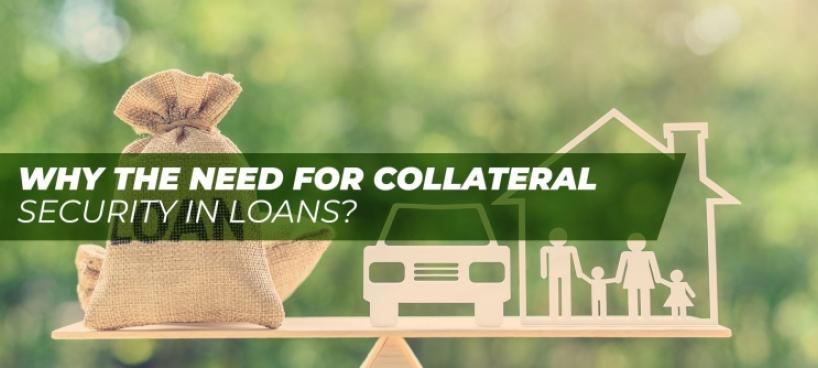
By V.P. Nandakumar
A question that banks and NBFCs (or others in the business of lending money) often get asked is, why do they require collateral? In the context of finance, collateral is a property or any other asset that a borrower offers to the lender to secure the loan. If the borrower defaults on the loan repayments, the lender can take possession of, and sell off, the collateral to make good the losses.
Collateral serves two primary purposes. The first is to act as a deterrent to the borrower against defaulting on his promised repayments (i.e. deterrent value). The second is to help the lender with the recovery of the dues (i.e. recovery value).
In real life, it often happens that the recovery value of the collateral is less than its deterrent value. The difference, i.e. deterrent value – recovery value, is the “margin buffer” or the extra comfort a lender gets. The higher the difference, the higher the buffer, as the loan amount is mostly lower than the recovery value of the collateral. Of course, in some cases, the actual recovery amount could turn out to be less than the collateral’s assessed recovery value. Such variances can arise either due to faulty assessment or changes in market conditions.
Accordingly, lenders aim to have a larger “margin buffer” to serve as a cushion in such a scenario. For example, if a customer borrows against gold jewellery, the resale value of the jewellery (or the value of its gold content) is the recovery value. However, the deterrent value is much more and would be the sum of the recovery value, the making charges paid to the jeweller, the taxes paid to the government, the retailer’s margin, and also the emotional connect or attachment the borrower and his family would have towards that piece of family gold jewellery.
In this case, the buyer would have paid much more than the value of the gold metal constituting the jewellery, and it adds to the lender’s buffer. Likewise, a piece of jewellery which attracts higher making charges would provide a better margin buffer, and if the emotional value of the jewellery is higher (e.g. with a mangal sutra or jewellery in the nature of family heirloom etc.), it adds even more to the buffer.
It is important to understand the “deterrent value” of the collateral from the customer’s perspective. If he were to default on his loan when the deterrent value is significantly higher than the recovery value, which in turn is more than the loan outstanding (including interest), then the customer is likely to make all-out efforts to keep the loan in order. Here, the Deterrent Value > Recovery Value > Loan Outstanding and this implies “margin buffer.” This deterrent value is the reason why a borrower may choose to default on one loan, and yet keep on servicing another loan.
Indeed, there are several forms in which this kind of “deterrent value” becomes available to the lender. It is present not only in collateralised debts but also in cases of unsecured debt, such as in the form of a “personal guarantee” executed in favour of the lender, credit bureau scores that would suffer downgrade in the event of default (making it more difficult to avail loans in future), or the recourse to legal proceedings with all the hassles it entails for the borrower. Besides, the fear of loss of social standing also acts as a deterrent. Some lenders even choose to name and shame the borrower into nudging them towards honouring their obligations.
When it comes to a personal guarantee, a personal guarantee from the borrower’s spouse may have more substantial deterrent value than one from the borrower. In the event of default, the lender could enforce the spouse’s guarantee, which borrowers would like to avoid at all costs. Similarly, lenders derive higher deterrent value from a residential property self-occupied by the borrower and family, rather than from a vacant house or one that is given out on rent.
To sum up, the thumb rule is, the higher the buffer, the lower the likelihood of default. The borrower not only loses the collateral (recovery value) but also incurs an opportunity cost (deterrent value) over and above the recovery value of the collateral. For lenders then, the lesson is that they can effectively reduce the default rates, or NPAs, by maximising the deterrent value.
Published in Unique Times Magazine, February 2020
(V.P. Nandakumar is MD & CEO of Manappuram Finance Ltd. Views are personal.)






